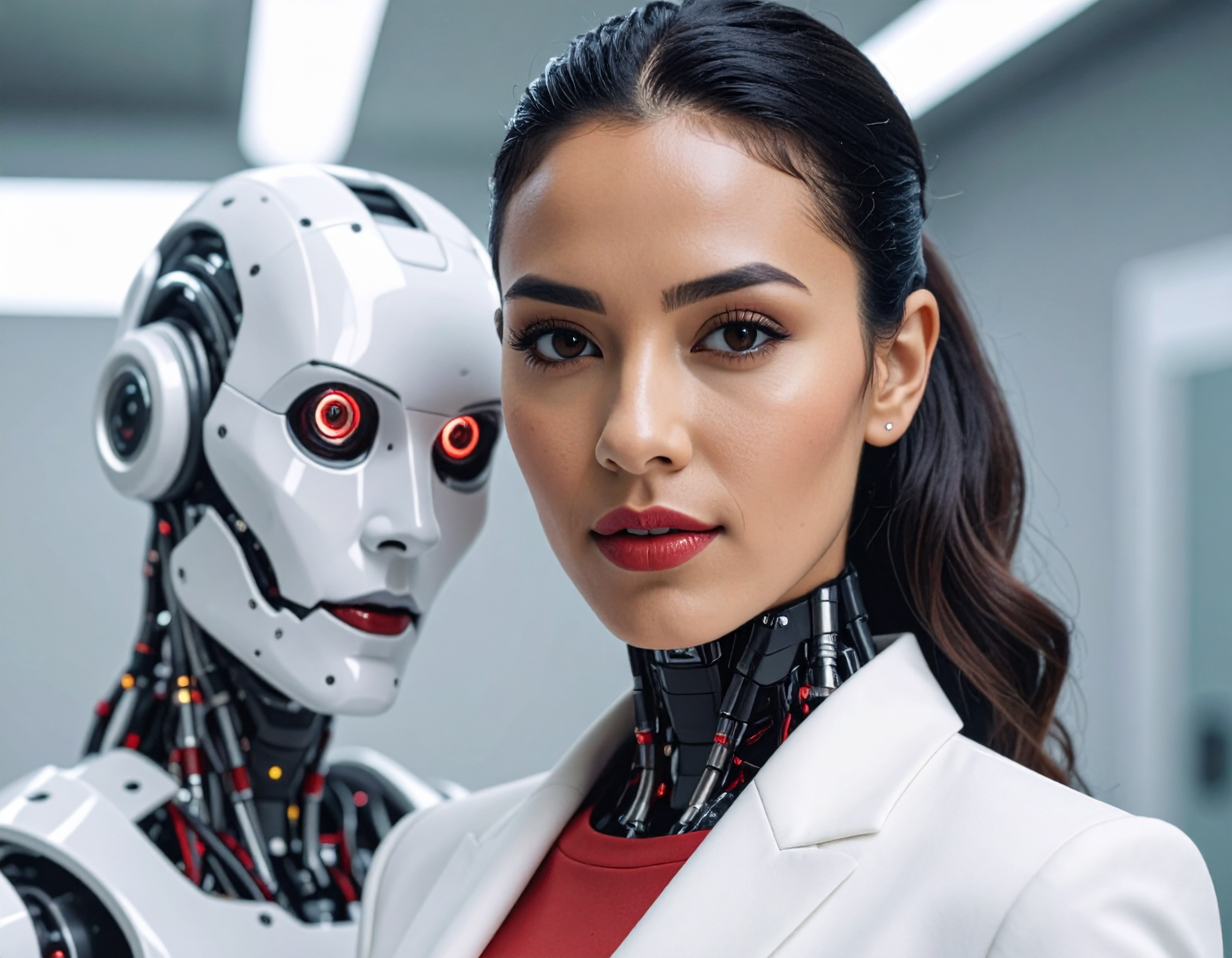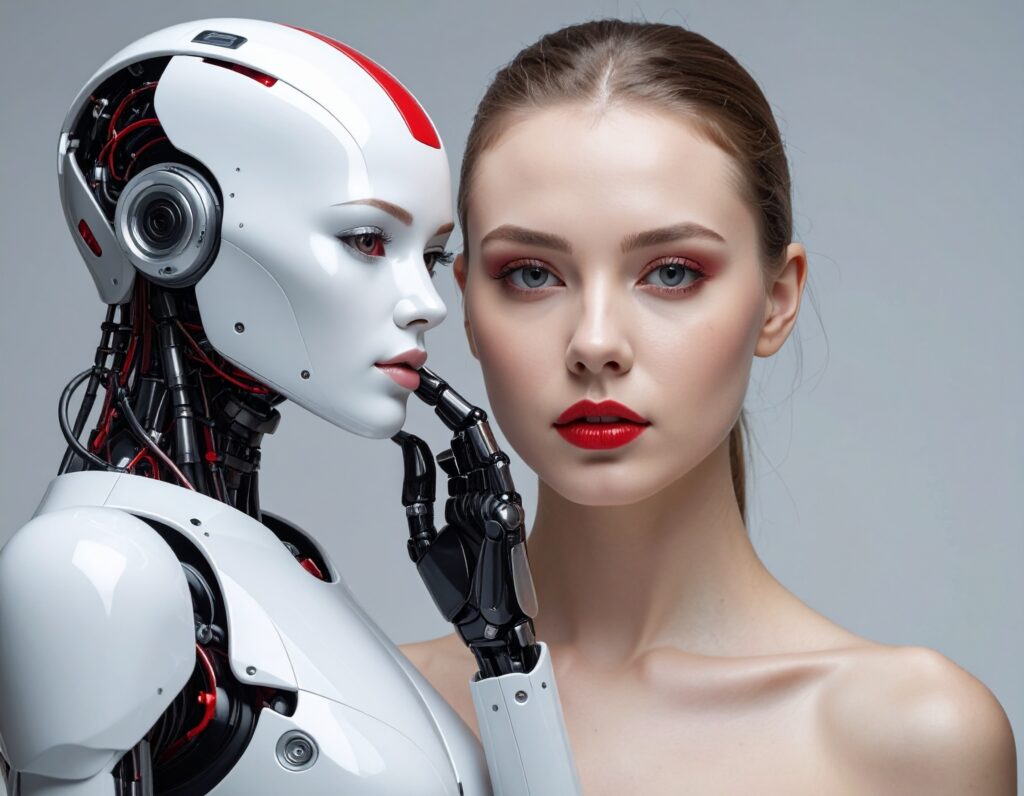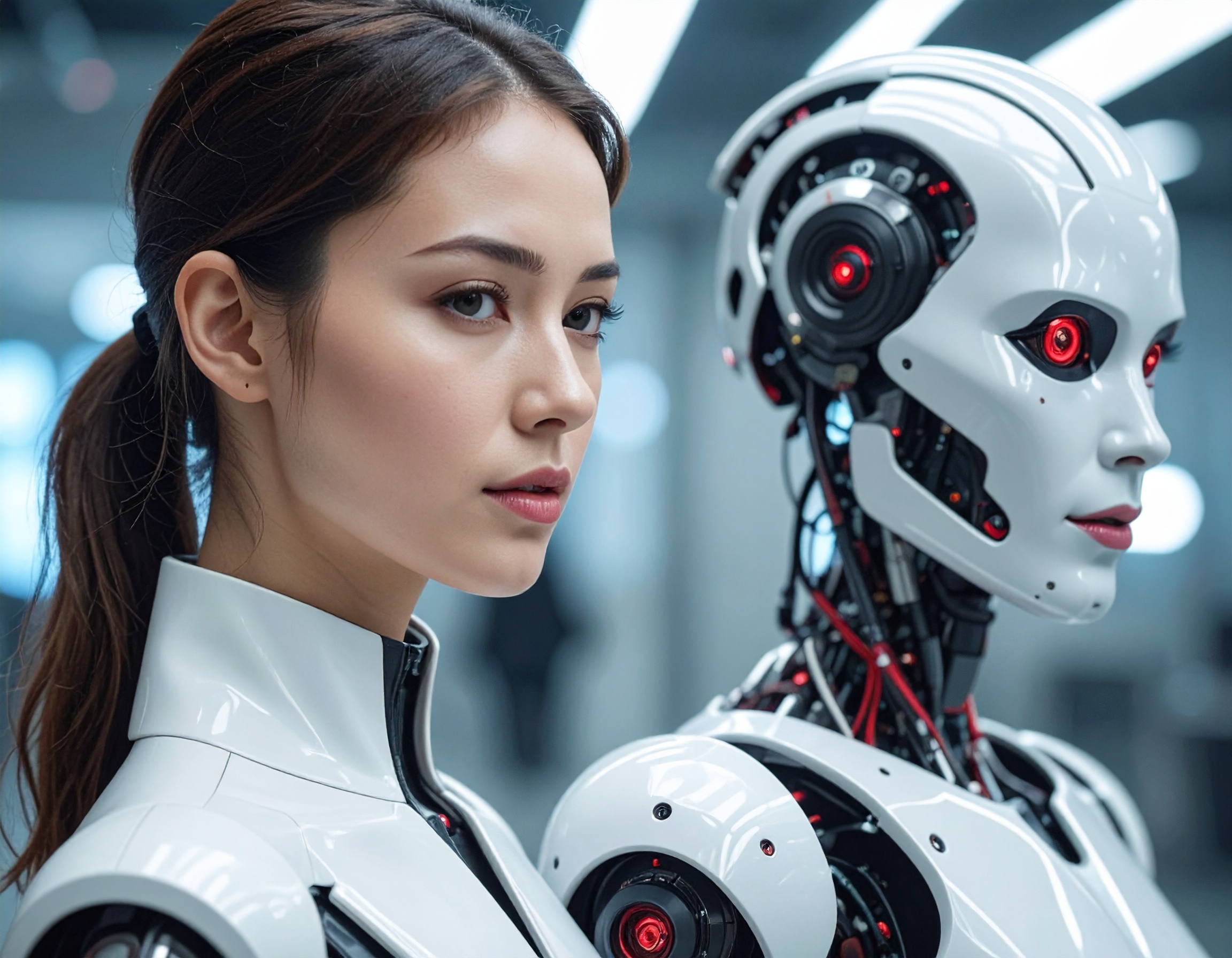The Rise of Non-Human Workers: Humanoid Robots Enter the Workforce

From Sci-Fi to Reality: What Just Happened
In 2025, multiple companies and governments accelerated efforts to deploy humanoid robots—what many now call AI Employees or Non-Human Workers—in industrial, logistics, and even home settings. According to a recent thematic chronicle by LFDE, China has thrown major weight behind this push, invoking the creation of national programs and financial subsidies to back robotics development. Meanwhile, global sales of humanoids remain modest but are expected to surge: about 7,000 units sold in China this year, 5,000 in the U.S., with projections of 400,000+ units by 2030.
Companies like Tesla (Optimus), Xiaomi, BYD, and robotics startups such as Unitree are actively developing humanoid systems. In China alone, 170 billion yuan (~USD 25 billion) has been allocated to support the robotics sector, and the government purchased robots worth 214 million yuan in 2024— a striking jump from 4.7 million yuan in 2023.
Why This Shift Matters
What’s driving this push, and why should we pay attention?
- Economic scale: The total addressable market for labor replacement via robots is enormous—often compared to the potential impact of the automobile revolution.
- Cost thresholds crossed: Some robots are now priced under $6,000, dropping below the $10,000 barrier once thought infeasible for complex humanoids.
- Government alignment: China’s state-level backing, through direct purchases and funding, injects both legitimacy and muscle into the industry.
- New role models: These humanoids are physical avatars of AI, blending robotics, sensors, actuators, and advanced software. They embody a new generation of Voice AI Agents and embodied AI in one package.

Challenges Still Loom
Despite bold ambitions, significant hurdles remain before humanoid robots become widespread AI Employees:
- Dexterity & manipulation: Robots still struggle with tasks humans perform effortlessly, like picking up a wine glass—fine motor control is harder than imagined.
- Data scarcity: Unlike text-based AI models fueled by trillions of words, physical behavior data is extremely scarce. The “100,000-year data gap” concept warns that we lack enough real-world motion data to train robots rapidly.
- Overhype risk: Experts caution against inflated expectations. Deployment in controlled settings (factories, warehouses) is more plausible than general home environments in the near term.
- Operational complexity: Running fleets of humanoid robots involves maintenance, repairs, energy management—and the more complex the system, the higher the cost.
What It Means for the Future
As Non-Human Workers begin to walk and operate in our environments, we may see factory floors run by Voice AI Agents that talk, sense, and adapt. The transformation could shift the nature of human labor toward supervision, creativity, and oversight. But this transition hinges critically on bridging the technical gaps and managing societal impact.
Key Highlights:
- China has designated humanoid robotics as a national priority, backing it with billions in funding.
- Global sales are still relatively small (7,000 in China, 5,000 in U.S. in 2025) but projected to multiply by 2030.
- Some robots are now priced below USD 6,000—a watershed moment.
- Major challenges remain: dexterity, data scarcity, hype vs. reality, and operational complexity.
- The rise of AI Employees signals a new era where robots are not just tools—but embodied agents interacting with physical space.
Reference:
https://www.lfde.com/en-ch/583-thematic-chronicle-en-ch/humanoid-robots-the-revolution-is-underway/


